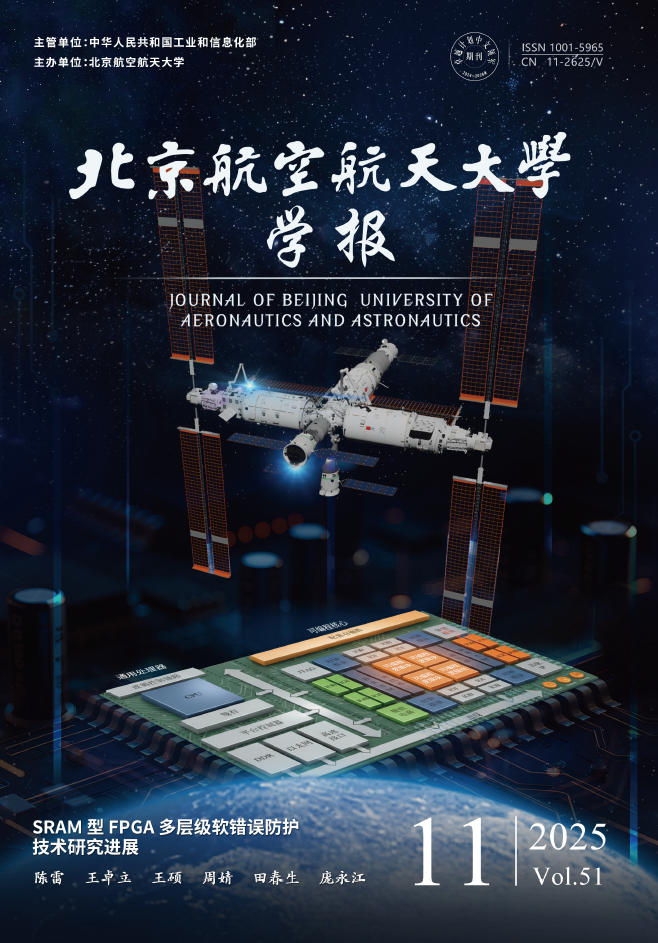2012, 38(6): 760-765.
Abstract:
Because of the generation difference, the improvement in technology and the discrepancy of research and development (R&D) system, the foreign estimation models, which have been extensively used until now, cannot be applied to calculate the domestic advanced fighter-s fly-away cost. To solve this problem, the differences between domestic and foreign military industry system, the technical features of advanced fighters, and the new features in R&D process were studied. In the process of cost calculation, 5 new factors were taken into account, including R&D system, import and imitation of foreign fighters, technical improvement of avionics, modification and upgrade of previous fighters, discontinuity and delay of R&D process. Based on the cost statistics and Burns model, those cost coefficients related to the above-mentioned factors were introduced into the calculation and a new model suitable for estimating the fly-away cost of advanced domestic fighters was constructed by means of scale and the least error. Some cases such as the foreign advanced fighters and domestic type-3 fighters were performed using this model, and the simulation results show the new model-s validity and practicality.







 XML Online Production Platform
XML Online Production Platform

